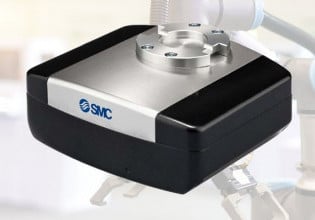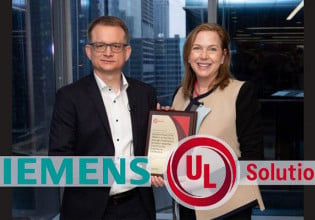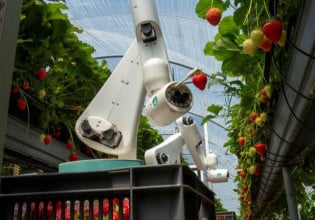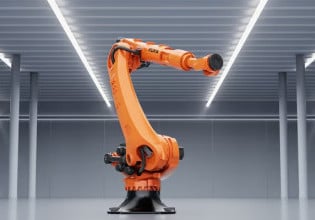Tighter Control With the Unitronics UMI-B7 Variable Frequency Drive Series
The new UMI-B7 series of VFDs from Unitronics has an added Ethernet connection and tighter closed-loop control for more precise speed, torque, and position.
Unitronics has released its latest variable frequency drive (VFD) series, the UMI-B7. While Unitronics has been making VFDs, PLCs, and numerous other automation products for years, the UMI-B7 has several key advantages over previous VFD series. First, it has Ethernet connectivity for fast, secure communication. Second, it has improved closed-loop control, minimizing the overshoot and ringing that is commonplace with simpler control algorithms.
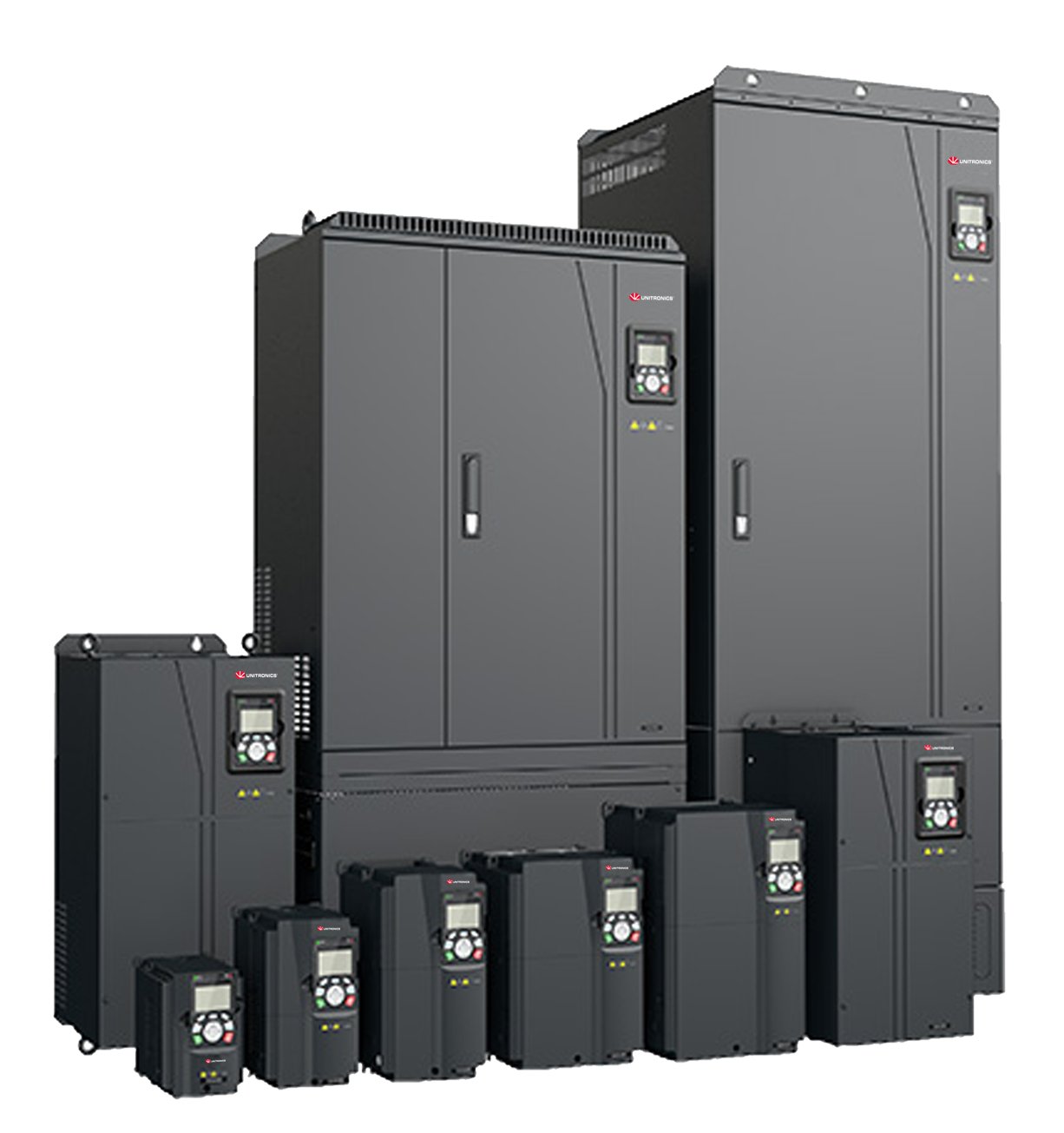
The UMI-B7 line of VFDs features Ethernet support and improved closed-loop control. Image used courtesy of Unitronics
VFDs and Closed-Loop Control
VFDs, as the name implies, vary the frequency of the signal to motors to control their speed, available torque, or position. In order to determine how the frequency must be adjusted, there is a closed feedback loop, where data from speed, position, or torque sensors is analyzed to get the “what’s so” about the motor’s performance. From there, the control algorithm determines whether the motor needs to speed up or slow down and adjusts the frequency of the output signal as needed.
This type of closed control loop is no different than adjusting a knob in a shower. A person checks the temperature. If it is too hot, they adjust the knob one direction, and if it is too cold, they adjust it the other direction. In this case, the person is the one who processes the sensor (nerve ending) data and makes the adjustments.
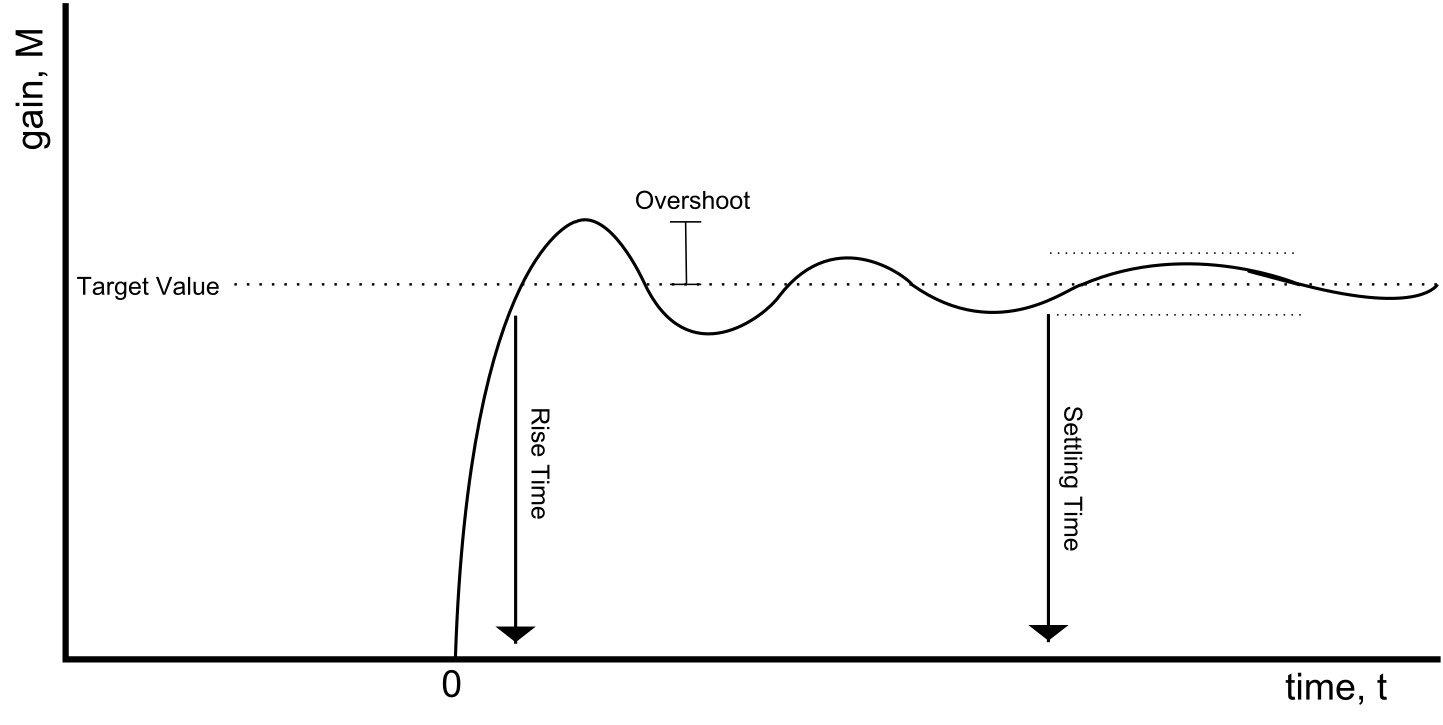
Overshooting of a control system. Image used courtesy of Wikimedia Commons
Overshoot and Ringing
Sometimes, a controller can make a change too drastically, causing the value to overshoot. This can be extremely problematic, sending a process variable (such as motor speed) too high too quickly. If this motor was controlling an assembly line with vertically aligned parts, they could fall over like dominoes with the rapid acceleration or braking.
Another common problem is “ringing.” Ringing occurs when natural variations in the process variable (such as motor speed) are corrected at exactly the wrong time, causing them to start to amplify. Think of it as constructive interference—as soon as the motor starts to speed up just a little, the control signal arrives to speed the motor up, causing it to speed up even more. A few moments later, the load changes, and the motor decreases speed just as the controller decides to slow the motor. In the diagram above, a ringing system would have each ripple getting bigger instead of smaller. Ultimately, this leads to an out-of-control motor.
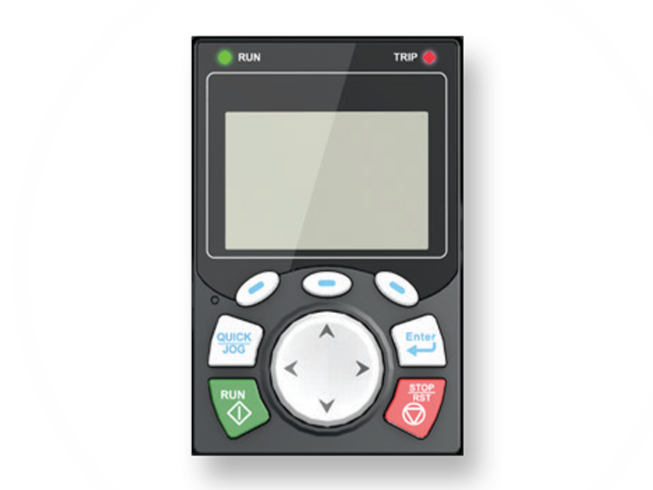
The UMI-B7 VFD series offers several models to best suit application needs. Image used courtesy of Unitronics
UMI-B7 VFD
Unitronics’ UMI-B7 VFD is an answer to those common controller concerns. It is designed to monitor sensor data much more closely and leverage an improved closed-loop control algorithm to minimize overshoot and stop ringing before it can become problematic. Already, this is a huge advantage over simpler controllers.
Besides the improved control algorithm, the UMI-B7 is available with many size options (1 HP to 670 HP) for 230 V or 480 V systems. There are also multiple options for braking resistors, extension cards (for communication purposes), and an LCD/Keypad interface for simplified use.
Moving Forward
The Unitronics UMI-B7 VFD will see service in manufacturing and processing industries. While it is designed as a motor controller, it will also be used to turn pumps, compressors, and other such devices. The use of these VFDs over more traditional controllers will result in more efficient energy usage (delivering the right energy at the right time) and minimize process excursions due to overshoot and ringing.

